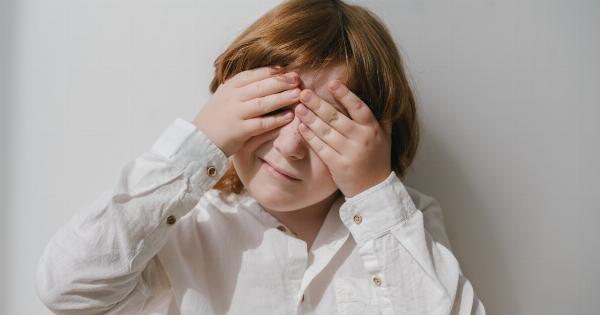Smiling is a universal language and one of the most simple yet meaningful gestures that we can make to convey emotions, warmth, and positivity. A smile can say a lot about a person’s personality, mood, and even health.
In fact, studies have shown that our smile can reveal more about us than we may realize – from our emotional state to our levels of confidence and sociability.
The Anatomy of a Smile
Before we delve into the significance of smiling in understanding personality, let’s first explore the anatomy of a smile.
A smile is a facial expression that is characterized by the upward curvature of the corners of the mouth.
It is mainly produced by the contraction of the zygomaticus major muscles, which pull the corners of the lips upwards and outwards, and the orbicularis oculi muscles, which contract to cause wrinkling around the eyes, commonly known as “crow’s feet.”.
The intensity and duration of a smile can vary greatly, ranging from a subtle, fleeting grin to a big, toothy smile that lasts for several seconds.
Smiles can also be accompanied by other facial expressions and body language, such as eye contact, raised eyebrows, and a relaxed posture.
The Emotional Significance of Smiling
It is no secret that smiling is associated with positive emotions such as happiness, joy, and contentment.
When we smile, our brain releases endorphins, also known as “feel-good” chemicals, which can reduce stress and pain and boost our mood and energy levels. Smiling can also enhance social interactions and strengthen interpersonal relationships.
On the other hand, the absence of a smile or a forced, insincere smile (also known as a “social smile”) can indicate negative emotions such as sadness, anger, or discomfort.
For example, someone who is going through a tough time may try to conceal their sadness with a forced smile, but their eyes or body language may reveal their true emotions.
The Cultural Differences in Smiling
Despite the universal appeal of smiling, the cultural norms and etiquette surrounding it can vary widely across different countries and cultures.
In some cultures, such as the United States and Canada, smiling is seen as a sign of friendliness, approachability, and sincerity. In contrast, in some Asian cultures, such as China and Japan, smiling can be perceived as a sign of shyness, embarrassment, or insincerity.
Furthermore, the meaning and interpretation of a smile can also depend on the context and the relationship between the individuals involved.
For example, a smile from a stranger may be interpreted differently than a smile from a friend or a romantic partner.
The Personality Significance of Smiling
Beyond its emotional and cultural meanings, a smile can also reveal a lot about a person’s personality traits and tendencies. Here are some ways in which smiling can reflect different dimensions of personality:.
1. Extraversion
Extraverted individuals tend to be outgoing, sociable, and expressive. They may have a tendency to smile more often and more openly than introverted individuals, as they enjoy engaging with others and being in social situations.
2. Agreeableness
Agreeable individuals tend to be kind, compassionate, and empathetic towards others. They may smile more frequently as a way of conveying warmth, friendliness, and positive regard towards others.
3. Neuroticism
Neurotic individuals tend to be more sensitive to stress, anxiety, and negative emotions. They may smile less frequently than others, or their smiles may appear forced or tense, as they try to cope with their inner turmoil.
4. Conscientiousness
Conscientious individuals tend to be organized, responsible, and achievement-oriented. They may smile less frequently than others, as they may be more focused on their goals and tasks than on socializing or leisure activities.
5. Openness
Open individuals tend to be creative, curious, and open-minded.
They may smile more often and more subtly than other personality types, as they may be more attuned to the nuances of social interactions and convey their thoughts and emotions through subtle gestures.
The Bottom Line
Smiling is a powerful and multifaceted social behavior that can reveal a lot about our emotions, cultural background, and personality traits.
By paying attention to our own and others’ smiles, we can gain deeper insights into the complexities of human nature, forge stronger connections with others, and enhance our overall well-being.






























